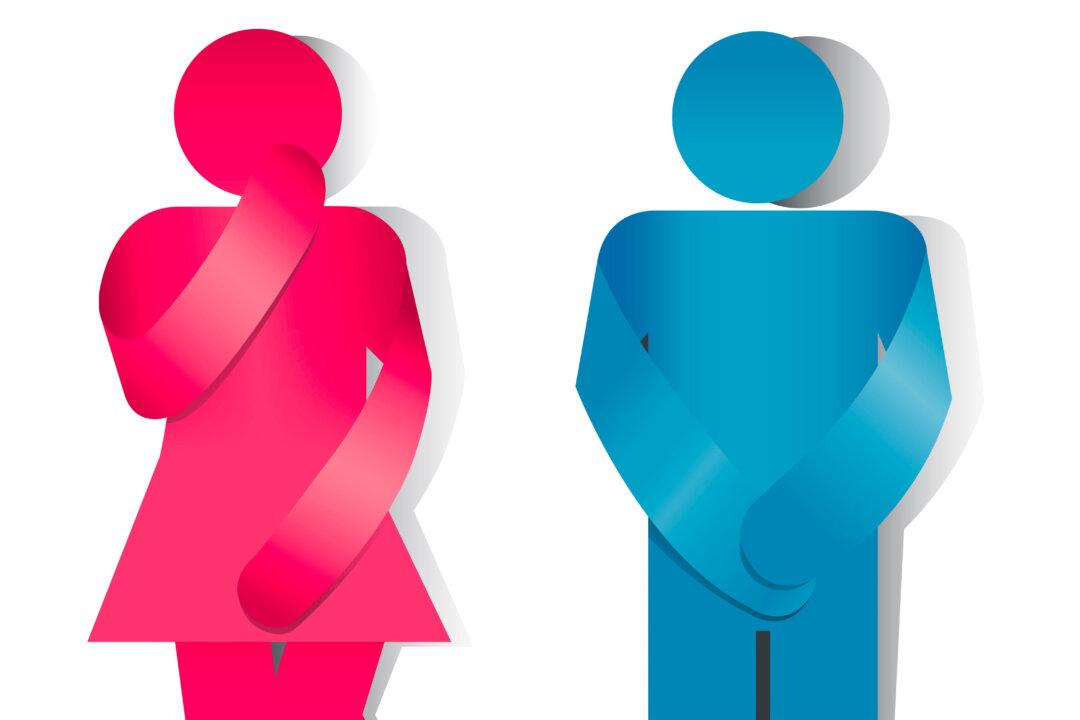Changes in sleep patterns occur as we get older, with the most common ones being more trouble staying asleep and a harder time falling asleep than during younger decades. These sleep challenges, says the National Sleep Foundation, are part of the normal aging process. Now researchers say they may have a solution to these problems, and it may even boost your memory as well: pink noise.
You have probably heard of white noise, which is thought of as comforting sounds that help us block out the surrounding environment, like a fan humming away just loud enough that we don’t really hear doors closing or a dog barking outside. In more technical terms, white noise is a random signal that has an equal intensity at different frequencies. White noise is like white light, which contains all visible light at an equal intensity. Fracture that light, and you get a rainbow.
Deborah Mitchell is a freelance health writer who is passionate about animals and the environment. She has authored, co-authored, and written more than 50 books and thousands of articles on a wide range of topics. This article was originally published on NaturallySavvy.com
Author’s Selected Articles





